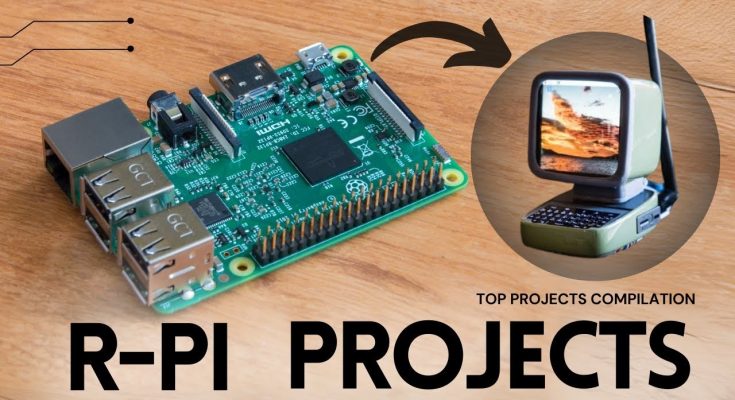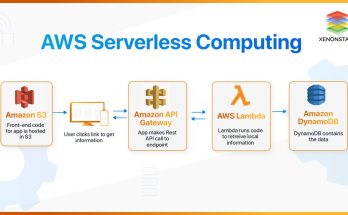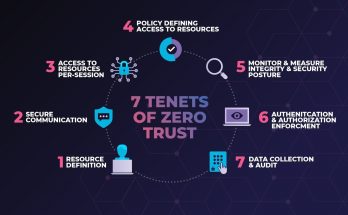The Raspberry Pi has evolved from a modest educational tool into a powerful platform for innovation, creativity, and problem-solving. Originally designed to teach basic computer science, this compact, affordable device has found its way into the hands of hobbyists, entrepreneurs, and professionals alike. What makes the Raspberry Pi so compelling is its versatility. It’s not just a computer—it’s a gateway to building real-world applications, automating tasks, and experimenting with emerging technologies. Whether you’re looking to prototype a product, streamline a process, or simply explore the boundaries of what’s possible, the Raspberry Pi offers a low-cost, high-impact way to get started.
One of the most exciting aspects of working with a Raspberry Pi is how quickly you can move from concept to execution. Unlike traditional development environments that require extensive setup and resources, the Pi is ready to go with just a few components. Once connected to a monitor, keyboard, and power source, it boots into a Linux-based operating system that supports a wide range of programming languages and tools. This simplicity lowers the barrier to entry, allowing users to focus on the creative side of their projects rather than getting bogged down in configuration. For businesses, this means faster prototyping and more agile development cycles.
The Raspberry Pi’s GPIO (General Purpose Input/Output) pins are a key feature that unlocks its potential for physical computing. These pins allow the Pi to interface with sensors, motors, and other electronic components, making it ideal for building smart devices and automation systems. For example, a small business could use a Raspberry Pi to create a custom inventory tracker that monitors stock levels in real time using RFID tags and sensors. The data could then be visualized on a dashboard or integrated into existing software systems. This kind of solution, built with off-the-shelf components and open-source tools, can deliver significant value without the need for expensive enterprise hardware.
In the realm of home automation, the Raspberry Pi shines as a flexible and cost-effective controller. Users have built systems to manage lighting, climate, security, and entertainment, often integrating with platforms like Home Assistant or OpenHAB. These projects demonstrate how the Pi can serve as the brain of a smart home, coordinating devices and responding to user input or environmental changes. For instance, a Pi-powered system might detect when someone enters a room and adjust the lighting and temperature accordingly. It could also send alerts if unusual activity is detected, such as a door opening at an unexpected time. These capabilities are not limited to tech enthusiasts—businesses can apply similar principles to manage office environments, reduce energy consumption, or enhance security.
Media and entertainment applications are another area where the Raspberry Pi excels. With its ability to stream high-definition video and support various codecs, the Pi can be transformed into a media center using software like Kodi. This setup is popular among users who want a customizable alternative to commercial streaming devices. Beyond personal use, businesses have leveraged the Pi to create digital signage solutions, displaying promotional content, menus, or real-time information in retail spaces, restaurants, and public venues. The low cost and ease of deployment make it an attractive option for organizations looking to enhance customer engagement without investing in proprietary systems.
Education and training also benefit from the Raspberry Pi’s accessibility. Schools and learning centers use it to teach programming, electronics, and robotics in a hands-on, engaging way. But its value extends beyond the classroom. Companies have adopted the Pi to deliver internal training modules, simulate network environments, or test software in isolated conditions. Because the device is inexpensive and portable, it’s easy to distribute across teams or set up in temporary locations. This flexibility supports continuous learning and experimentation, which are essential in fast-moving industries.
Security and surveillance projects often rely on the Raspberry Pi for its ability to process video and connect to cloud services. A Pi equipped with a camera module can monitor premises, detect motion, and even perform facial recognition with the right software. These systems can be configured to store footage locally or stream it to remote servers, depending on the requirements. For small businesses or startups, this offers a scalable alternative to commercial security solutions, with the added benefit of customization. Users can define exactly how the system behaves, what data it captures, and how alerts are triggered, tailoring the setup to their specific needs.
The Raspberry Pi also plays a role in environmental monitoring and sustainability efforts. By connecting sensors that measure temperature, humidity, air quality, or energy usage, users can gather data to inform decisions and optimize operations. For example, a farm might use a Pi to track soil moisture and automate irrigation, conserving water and improving crop yields. In urban settings, organizations have deployed Pi-based systems to monitor pollution levels or manage waste collection more efficiently. These projects illustrate how technology can be harnessed to address real-world challenges, often with minimal investment and maximum impact.
Ultimately, the Raspberry Pi is more than just a piece of hardware—it’s a platform for exploration and innovation. Its affordability, flexibility, and active community make it an ideal choice for anyone looking to build something meaningful, whether that’s a personal project or a business solution. By combining software development with physical computing, the Pi encourages a holistic approach to problem-solving that bridges the digital and physical worlds. As technology continues to evolve, the Raspberry Pi remains a powerful tool for those who want to stay ahead of the curve and bring their ideas to life.



